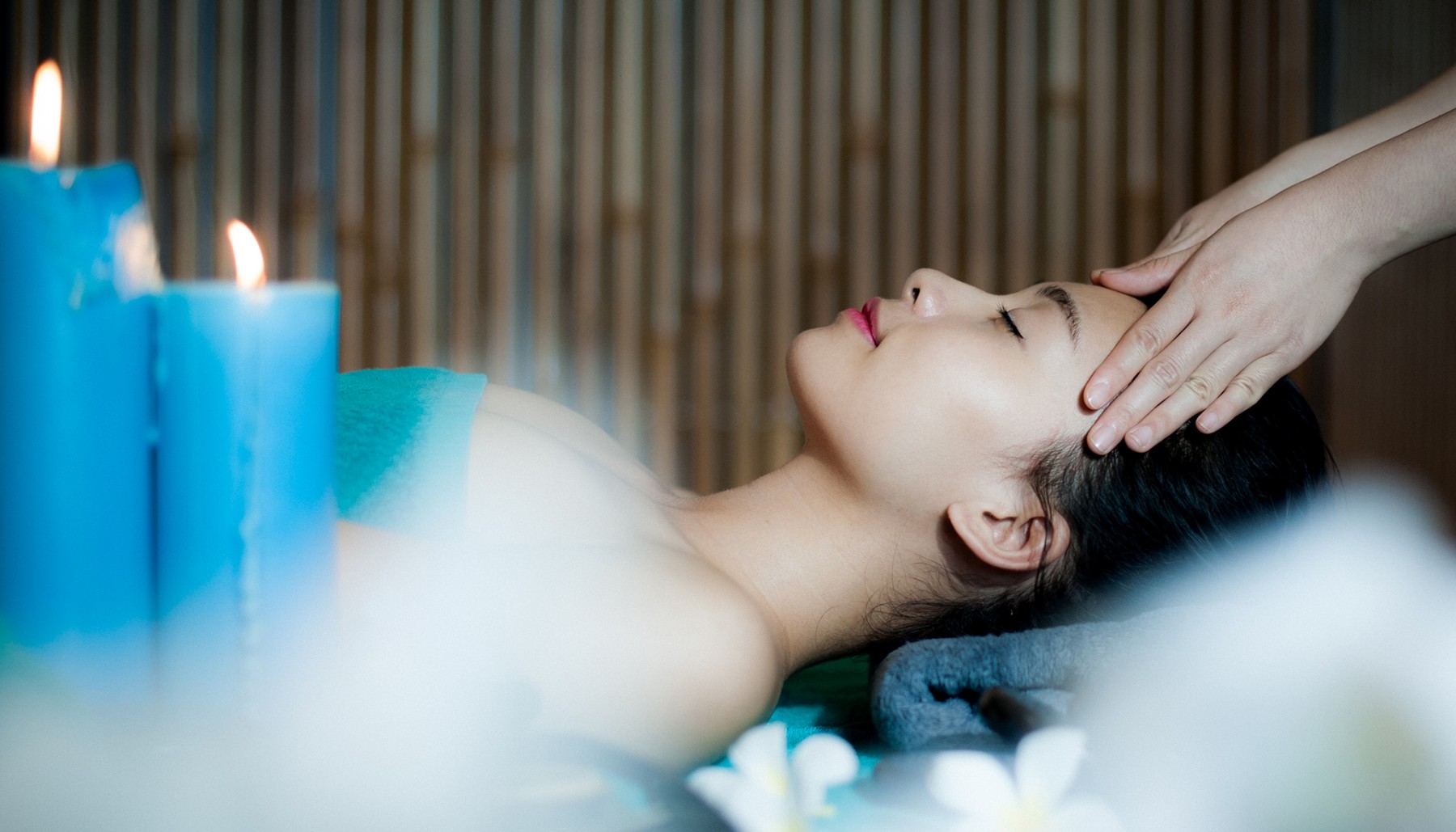
n the realm of natural medicine and holistic recovery, reflexology attracts attention as a increasingly prominent and interesting technique. This ancient healing strategy, based upon the concept that particular points on the hands, feet, and ears correspond to various body components and organs, has been captivating both practitioners and individuals alike for centuries.
Introducing the Essence of Reflexology Reflexology is extra than simply a foot massage therapy; it’s a methodical technique that uses pressure to specific points to advertise recovery and balance throughout the body. The underlying concept recommends that these pressure factors are connected to various organs and body systems with energy channels. By promoting these factors, reflexologists intend to clear clogs, enhance flow, and bring back the body’s all-natural balance.
” The human foot is a work of art of engineering and a work of art.” – Leonardo da Vinci The Historical Tapestry of Reflexology While the contemporary method of reflexology was developed in the 20th century, its roots can be mapped back to old human beings. Evidence suggests that comparable techniques were made use of in ancient Egypt, as portrayed in burial place paints going back to 2330 BC. Typical Chinese medicine has long recognized the interconnectedness of body components, influencing the development of reflexology as we understand it today.
In the early 1900s, Dr. William Fitzgerald presented the idea of “zone therapy” to the Western world, which later on evolved right into modern reflexology with the job of Eunice Ingham in the 1930s. Ingham, typically referred to as the “mommy of reflexology,” mapped the entire body onto the feet, producing the foundation for modern reflexology methods.
The Science Behind the Practice While skeptics may examine the scientific basis of reflexology, supporters argue that its benefits are rooted in the body’s neurological and energy systems. The application of pressure is thought to stimulate the nerve system, advertising relaxation and reducing anxiety. Some researchers suggest that reflexology may trigger the launch of endorphins, the body’s all-natural pain-relieving and mood-enhancing chemicals.
Potential Benefits and Applications Advocates of reflexology assert a wide variety of benefits, consisting of:
Stress decrease and leisure Improved flow Pain monitoring, particularly for migraines and neck and back pain Enhanced sleep top quality Boosted immune system feature Alleviation of digestion concerns Support for hormone balance While clinical research on reflexology is continuous, lots of individuals report significant enhancements in their overall health after obtaining therapies. It’s important to note that reflexology is normally thought about a corresponding treatment and should not replace conventional treatment.
The Reflexology Experience A typical reflexology session lasts in between 30 to 60 mins. Utilizing their thumbs, fingers, and hands, the reflexologist applies differing levels of stress to particular factors on the feet, hands, or ears.
Lots of individuals define the experience as deeply loosening up, usually reporting a feeling of heat or prickling experiences throughout their body during the session. Some may also drop asleep, stiring up sensation freshened and renewed.
Integrating Reflexology into Modern Wellness As the globe progressively welcomes alternative techniques to health and wellness, reflexology has actually located its location in health facilities, wellness facilities, and even some medical facilities. It’s frequently utilized combined with various other treatments such as massage therapy, aromatherapy, and acupuncture to produce thorough health experiences.
For those thinking about exploring reflexology in your home, there are countless self-help techniques and devices offered. From straightforward foot rollers to thorough reflexology graphes, individuals can discover to apply standard principles of reflexology to improve their everyday wellness routines.
The Future of Reflexology As research study in the area of alternate and complementary medication remains to evolve, reflexology might gain additional recognition in the medical area. Continuous researches are exploring its potential applications in numerous health and wellness conditions, from stress and anxiety and depression to cancer care assistance.
” JKリフレどっとこむ are the mirror of the body.” – Eunice Ingham Whether checked out as a scientific technique to healing or an all natural art form, reflexology supplies an unique point of view on the body’s interconnectedness. As more people seek all-natural and non-invasive methods to support their health and wellness, this old method remains to locate significance in our modern globe, inviting us to explore the recovery capacity that lies at our fingertips– or instead, at our feet.
Unveiling the Essence of Reflexology Reflexology is more than just a foot massage therapy; it’s a systematic technique that uses pressure to particular points to promote recovery and equilibrium throughout the body. – Leonardo da Vinci The Historical Tapestry of Reflexology While the contemporary practice of reflexology was established in the 20th century, its roots can be traced back to ancient worlds. The Science Behind the Practice While skeptics might examine the clinical basis of reflexology, advocates say that its advantages are rooted in the body’s neurological and energy systems. The Reflexology Experience A typical reflexology session lasts between 30 to 60 minutes. – Eunice Ingham Whether saw as a clinical strategy to healing or a holistic art form, reflexology supplies a distinct perspective on the body’s interconnectedness.